It's well known that GZIP or DEFLATE (or any compression mechanism) can increase file size sometimes. Is there a maximum (either percentage or constant) that a file can be increased? What is it?
If a file is X bytes, and I'm going to gzip it, and I need to budget for file space in advance - what's the worst case scenario?
UPDATE: There are two overheads: GZIP adds a header, typically 18 bytes but essentially arbitrarily long. What about DEFLATE? That can expand content by a multiplicative factor, which I don't know. Does anyone know what it is?
